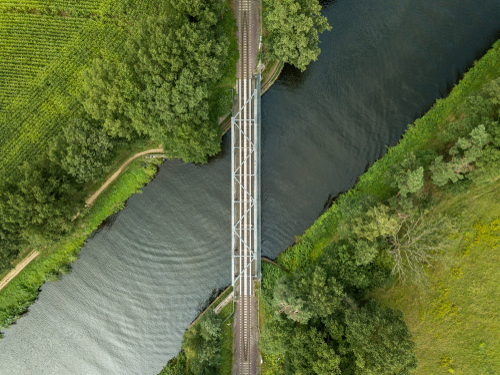
On Thursday, U.S. Sen. Bob Casey (D-PA) introduced legislation that would require the U.S. Department of Transportation to address safety on rail bridges.
The legislation, the Rail Bridge Safety and Transparency Act, would require the USDOT to create federal standard for DOT rail bridge oversight, while empowering local communities to become aware of and report unsafe conditions.
“The Commonwealth knows all too well how loose safety standards can cause train derailments and threaten communities. This bill is another step to raise safety standards, hold big rail companies accountable, and protect communities from preventable tragedies,” Casey said. “I will keep fighting for rail safety and will push for the Railway Safety Act for as long as it takes.”
Currently, Casey’s office said, there is little federal oversight for the country’s more than 100,000 rail bridges, including the more than 900 rail bridges in Pennsylvania. Casey said his legislation would empower communities to report on and become aware of local rail bridge conditions.
The legislation would direct the DOT to create a rating system for rail bridges and require railroads to inspect their bridges in line with those standards. Additionally, DOT would perform independent inspections of the bridge to ensure standards are upheld. And the legislation would remove the red tape around rail bridges to make it easier for local officials to access rail bridge inspection reports, as well as establish protocols for community leaders to report on safety issues.
Companion legislation is expected to be introduced in the House by U.S. Rep. Summer Lee (D-PA) in the coming weeks.
“Too many times, we’ve seen the disastrous consequences of railroad companies shirking their duty to maintain structurally sound bridges. No longer should we allow communities riddled with these deteriorating, privately owned structures to be kept in the dark, waiting for a catastrophe to unfold,” Lee said. “The Rail Bridge Safety and Transparency Act will provide long overdue oversight of rail companies’ maintenance and inspection actions, holding them accountable for higher safety standards and demanding they prioritize public safety over secrecy and profits.”